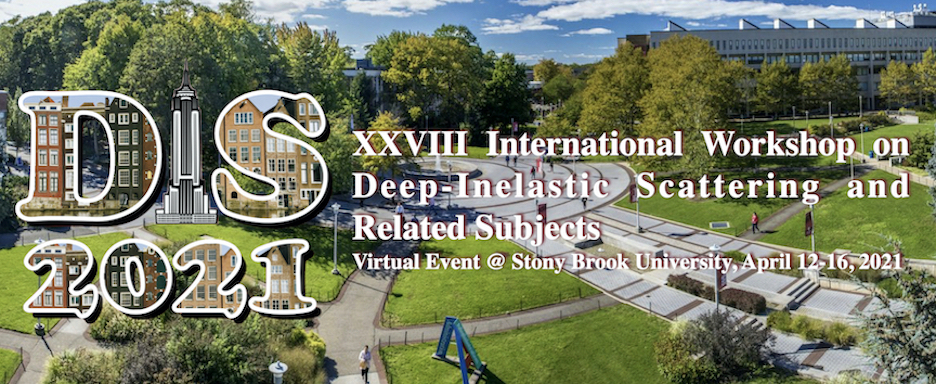Speaker
Description
The Compact LInear Collider (CLIC) is a proposed TeV-scale high-luminosity electron-positron collider at CERN. CLIC will allow us to study the Higgs boson properties with very high precision. These measurements can also result in direct or indirect discovery of "new physics", Beyond the Standard Model (BSM) phenomena, which could help us to understand the nature of dark matter (DM). SM-like Higgs boson or new heavy scalar decays with emission of invisible DM particles can be the only way to observe "new physics" effects at achievable energy scales and establish connection between Standard Model (SM) and BSM sectors.
We studied the possibility of measuring invisible Higgs boson and additional heavy scalars decays with experiment at CLIC running at 380 GeV and 1.5 TeV. The analysis is based on the WHIZARD event generation and fast simulation of CLIC detector response with DELPHES. We estimated the expected limits on the invisible decays of the 125 GeV Higgs boson, as well as the cross section limits for production of an additional neutral Higgs scalar, assuming its invisible decays, as a function of its mass. Extracted model-independent branching ratio and cross section limits were then interpreted in the framework of the vector-fermion dark matter model to set limits on the mixing angle between the SM-like Higss boson and the new scalar of the "dark sector".

